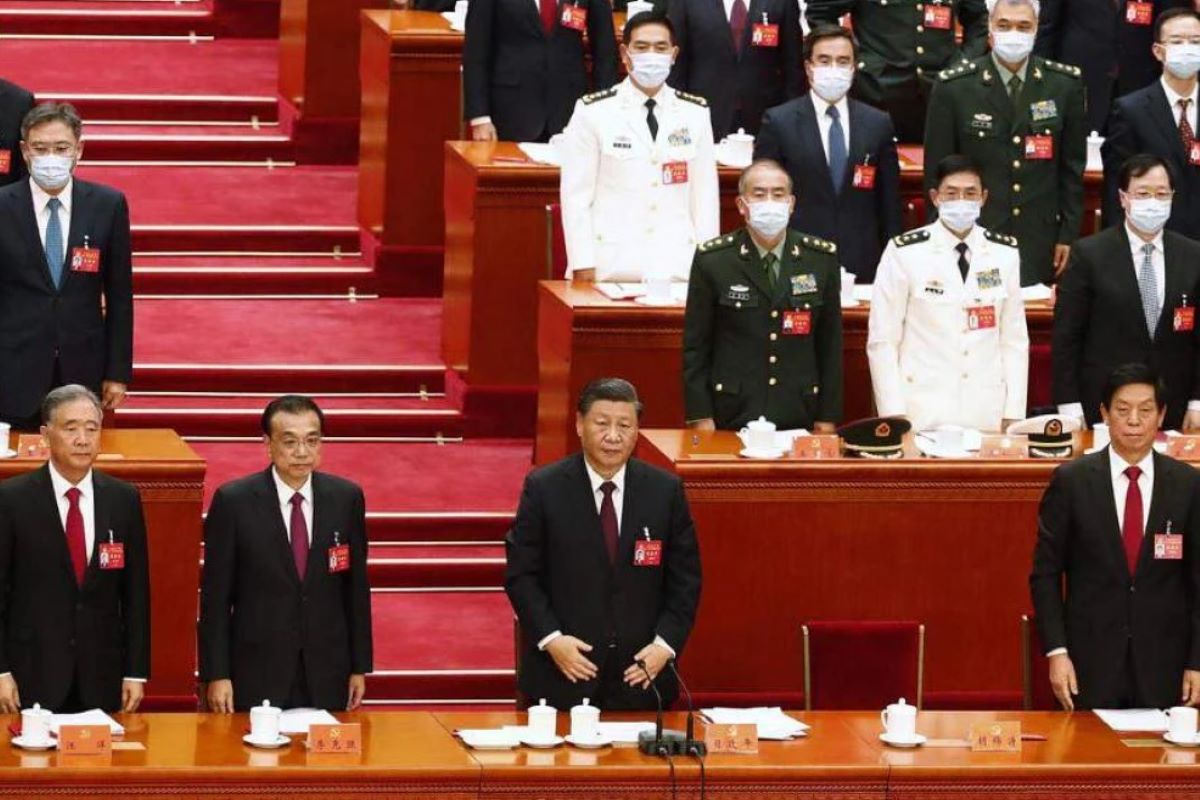Of the world’s 114 smartest factories that deploy cutting-edge Fourth Industrial Revolution (4IR) technologies, China owns a whopping 42, the US only seven.
These factories – lighthouses in the World Economic Forum (WEF) parlance – will lead the world to tomorrow’s knowledge economy. A smart factory implements the Internet of Things (IoT), Artificial Intelligence (AI), 3D printing, and advanced robotics to transform the manufacturing process, value chains and business models.
Advertisement
In stiff competition, only a select group of leading companies have successfully deployed such technologies to qualify as lighthouses, symbolising the superpower race for supremacy in the emerging knowledge economy era. It is an existential question as to who will win this race. But what has propelled China to this leading position in the first place? Dr Marina Zhang of the Swinburne University of Technology, Australia thinks it’s the huge innovation machine Beijing launched in the late 1970s that is behind this phenomenal stride.
At its heart lies the vision for technological independence. It doesn’t just want to make innovative and distinctive products; it wants to do so entirely with its own knowledge, investing heavily to materialise this vision. Between 2000 and 2017, Beijing’s spending on research and development (R&D) grew by 17 per cent each year. Over the same period, the US dragged far behind with a paltry 4.3 per cent growth rate. The trend continues under Beijing’s 14th Five-Year Plan (2020-2025) as it intends to increase R&D spending by more than seven per cent each year.
In 2017, the global R&D spending stood at USD 2.2 trillion, of which 25 and 23 per cent came from the US and China, respectively, and the gap is fast closing. So far, Beijing’s priority has been more on experimental development that is closely related to manufacturing processes and less on basic and applied research critical to the development of new scientific ideas.
In 2018, it spent only five per cent of the research budget on basic research compared to the US’ 17 per cent. For applied research, the corresponding figures were 11 and 20.4 per cent, respectively. In contrast, almost 80 per cent of China’s R&D spending went to experimental development. Acutely aware, Beijing wants to strengthen basic research programmes and make ground-breaking innovations. Its researchers are already creating increasing impacts among the global scientific community, as Japan’s National Institute of Science and Technology Policy reports.
In 2019, about 27.2 per cent of the top one per cent of the most cited papers came from Chinese institutions. The US came second with 24.9 per cent of such citations. In the total number of publications, Chinese works exceeded those from the US in 2020 (305,927 against 281,487). University rankings follow a similar trend. Successive listings of world university rankings by Times Higher Education (THE) show a steady fall in the number of US universities among the top 100 as those from China are rising.
American institutions in the top 100 saw a drop from 43 to 34 between 2018 and 2022, while Chinese universities rose from two to seven. Unsurprisingly, China’s share of global patents rose from 16 to 49 per cent between 2010 and 2020. Its innovation capacity is also going up, rising from 29th in 2015 to 14th in 2020 in the Global Innovation Index. Beijing jumped from fourth to first in the global league table for patent registrations, becoming a large intellectual property (IP) exporter. But are these developments bringing any significant tangible benefits to Beijing? The case of China’s DJI Technology, the world’s top drone maker, may help answer the question.
Of late, DJI is under Washington’s sanctions reportedly for its involvement in the surveillance of Uyghur Muslims. But unlike Huawei, it is proving difficult to eliminate because hundreds of US public safety agencies use its products including the New York Police Department. DJI’s 80 per cent market share in consumer drones has dropped to 54 due to sanctions. But it’s another Chinese company, Autel Robotics that has picked up most of the lost market. That is how ubiquitous Chinese technology has become in America’s everyday life. China has also made big leaps in a much larger and more complex arena, space. Space missions involve the highest level of achievement in hundreds of cutting-edge interconnected technologies.
A leading space player, China is the fourth country to have a satellite-based global navigation system (BeiDou). It boasts a near-perfect heavy payload launching system (Long March rockets). All these indicate that Beijing could be well on course to achieve its goal of becoming a global tech leader by 2050. Is the balance of power of the knowledge economy shifting? In the book “Crest of the Peacock: Non-European Roots of Mathematics,” University of Manchester Emeritus Professor George Gheverghese Joseph makes an interesting point about the evolution of science.
Mathematics, the root of all sciences, was borrowed from the Egyptians, Babylonians, Greeks, Arabs, Indians, and Chinese to become what it is today. Similarly, China’s progress in cutting-edge technology has its roots in the knowledge generated by scientists from many regions over millennia.
Regardless of who leads the knowledge economy, the benefit goes to everyone. University of Oxford Research Fellow Xin Xu has aptly summarised it as: “The sun may rise in the East, but it shines across the world.” Science, innovation, and knowledge belong to all humanity. Understanding it is essential for peaceful coexistence











